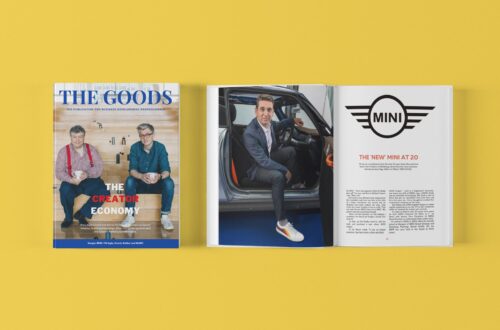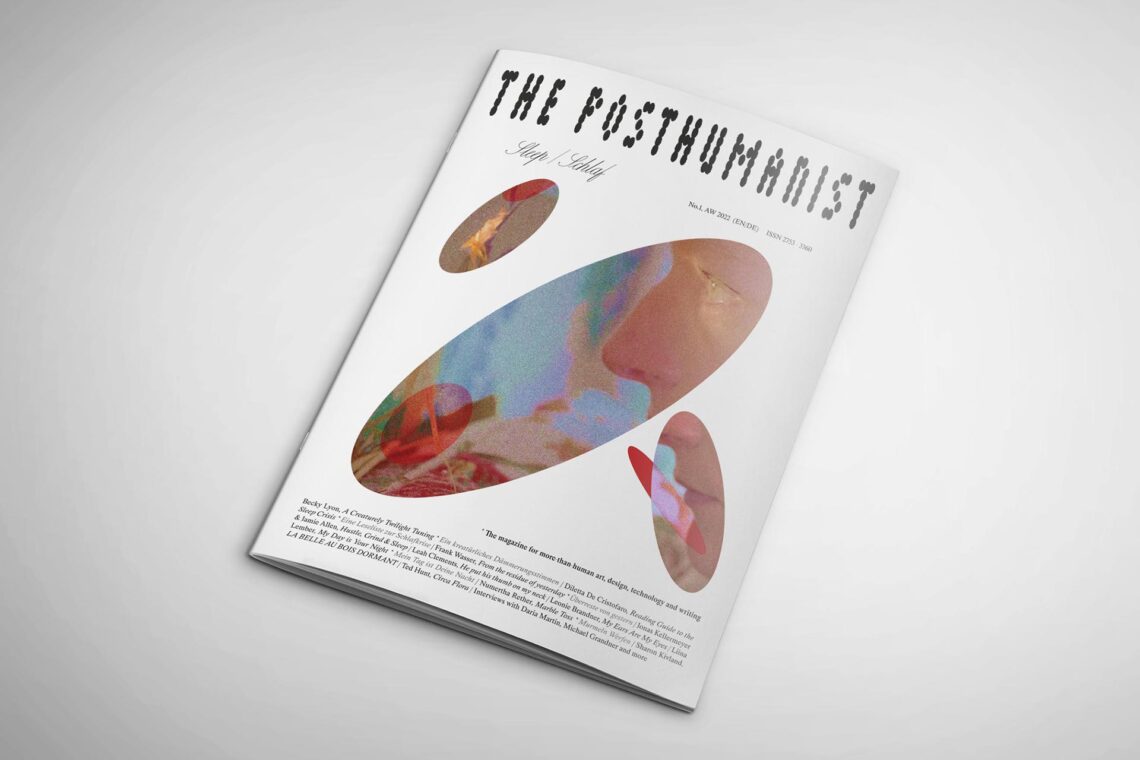
The Posthumanist magazine explores the universal theme of sleep in debut issue
Launched in the September of this year, ‘The Posthumanist’ is a “magazine for more-than-human art, design, technology and writing,” as is written on the cover with a small asterisk denoting the line. The multi-lingual publication is the brainchild of Editor-in-chief Anna Nolda Nagele, and features both English and German split content throughout. ‘The Posthumanist’ launched with a successful event in London at the library Biblioteka, where Editor of the magazine Frank Wasser performed a piece of work on the night. The team have announced a launch party at Hopscotch, a reading room in Berlin on the 27th of November.
The first issue is focused on the theme of ‘Sleep’ or ‘Schlaf’ in German. As a universal theme it can be argued that there is a lot of ground to cover, but ‘The Posthumanist’ combines theoretical thinking, creative practices and groundbreaking research to introduce the reader to sleep again in a completely new light. A snippet from the introductory Editorial piece reads, ‘We hope this magazine is a ray of light in the darkness,’ which underpins the physicality of sleep and its roots within darkness. The front cover and the inside cover images take the same core image by Daria Martin. The front cover however is designed to segment the main model whose eye is peering across the scene, in an almost dream-like sequence of images. It’s other-worldly but not alien.
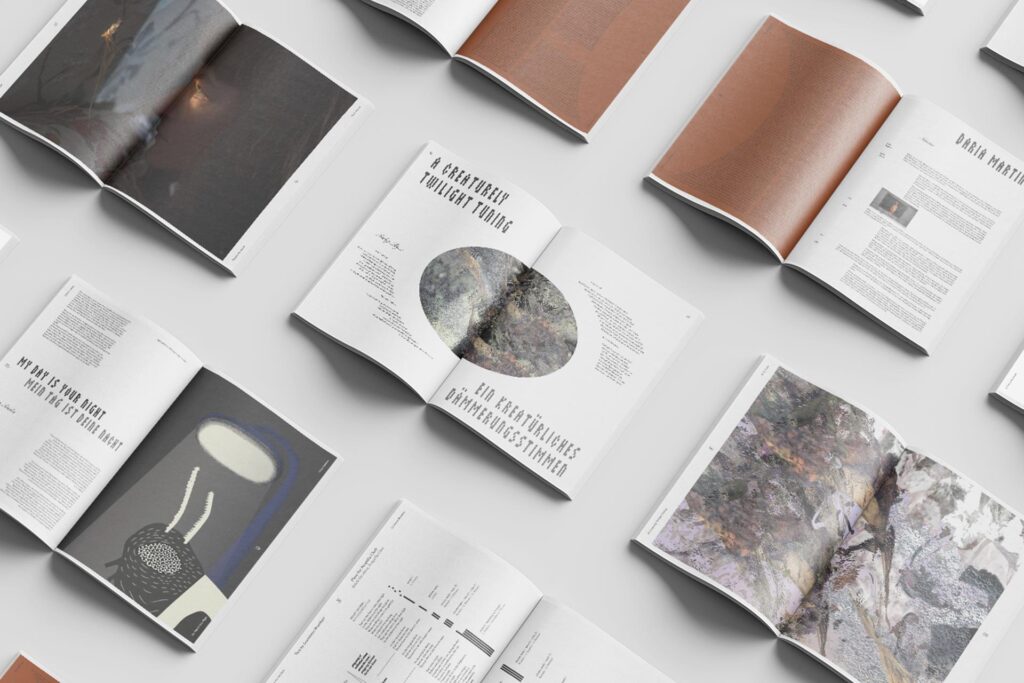
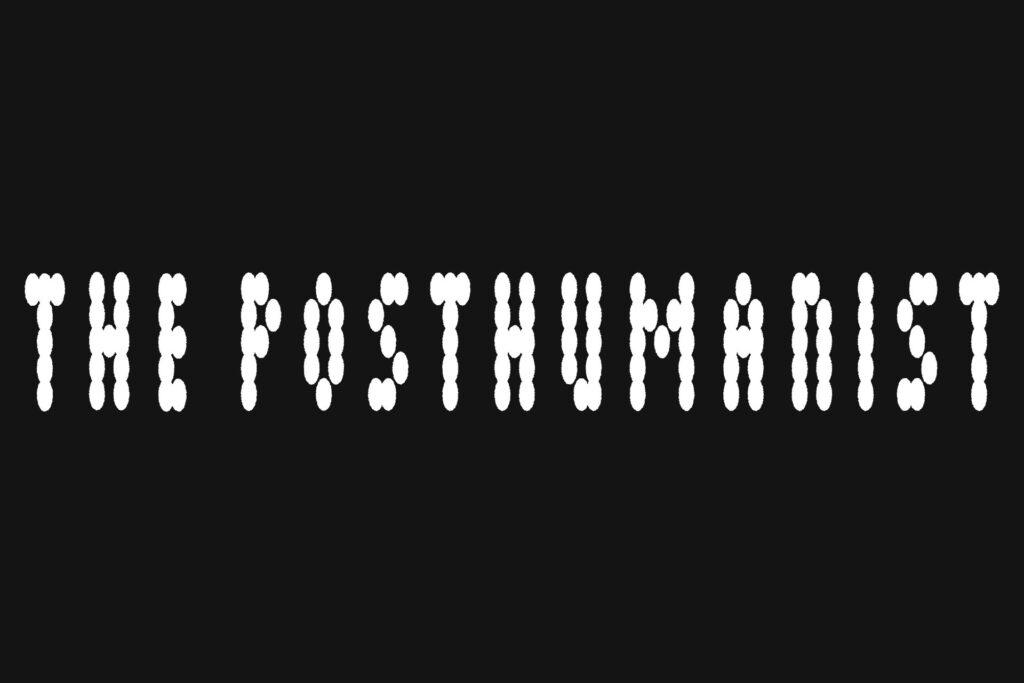
Becky Lyon’s interactive piece opens up the main content of the magazine, and is a six part descriptive manual of sorts. The piece, named ‘A Creaturely Twilight Tuning’ is accompanied by images portraying textures and a step by step approach to the desired effect. It’s an ode to nature that stems into performance art but offers a grounding connection to the World around us. Part 4 asks us to ‘Re furl again. Fold in on yourself, unhinge yourself. Feel free to beautifully collapse.’ This part focuses on shaping within twilight times, perhaps a guide for rest or for re-focusing. This twilight examination also extends into the next piece in the magazine with a short prose by Liina Lember. In Liina’s piece we meet a Moth that ultimately challenges our perception of day versus night, and how the cycles meet.
An interview with the cover artist Daria Martin uncovers the story of her grandmother Susi Stiassni and her 20,000 documented dreams over the course of 37 years. Taking snippets of these into her own practice, Daria discovered her grandmother’s pursuit of writing dreams down had been one of religion and that, “she believed that by understanding what ‘archetypes’ appeared in her dreams, she would somehow become more whole,” Daria explains. It’s a deeply insightful interview that examines Daria’s approach to her own practice of making films, to taking inspiration from the deeply personal events within her grandmother’s life.
"'Sleep is (a) deeply social, contextual and historical phenomenon,' Diletta adds. From self-help books to periodicals, sleep tracking tech and the challenge of testing our limits (Randy Gardner), sleep is a deeply interesting subject and one that 'The Posthumanist' springs into action with across a broad range of perspectives."
Overleaf email newsletter - subscribe for free today!
Get indie magazine news, reviews and events direct to your inbox! Simply sign up below and you’ll be the first to hear about new articles, podcast episodes and loads more.
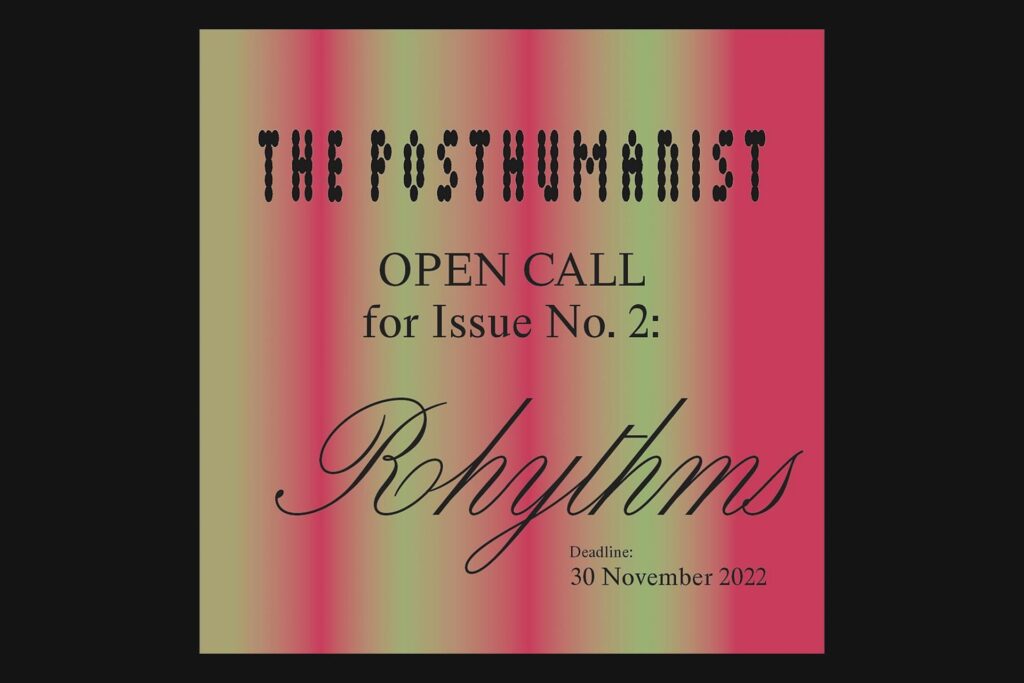
From a personal perspective documentation is a determined act – one which requires the payment of time, whereas sleep is pre-determined. American Randy Gardner set the record for the most amount of time without sleep in 1963 and totalled 11 days and 25 minutes. The experiment was undertaken when Randy was only 17 years old. New Scientist claims that, “we have no verified examples of anyone staying awake longer than Gardner,” which after nearly 60 years is an impressive feat. Editor of ‘The Posthumanist’ Frank Wasser has his own piece within the magazine and is a series of thoughts as a pre-review in relation to a surrealism retrospective. It’s designed to be a jagged, layered piece of writing that creates visual steps within the layout of the typography. At one point a cat walks across the keyboard, breaking up an autobiographical yet historical series of notes and thoughts.
The Posthumanist’s staple-bound design on gleaming white paper reminds of an educational paper or thesis, but its lightweight, glue-free design is packed with thought-provoking photography, poetry, prose, interviews and art. An interview with clinical psychologist Michael Grandner identifies the impact of electronic media on sleep but also discusses sleep tracking technology and its usage. “I think it’s important to know the history,” Michael notes. He also explains that the first published set of sleep tracking device data was in 1972, but “now we know that sleep is an important health measure. It’s not just a psychiatric symptom, it’s not just a part of sleep disorders, it’s a part of overall health.” He also claims that there is more potential to be uncovered, but it’s Diletta De Cristofaro’s reading guide piece that notes that “sleep is increasingly conceived as a problem in today’s culture – a problem with solutions that fall entirely on the individual.” This begs the question – do consumers have the knowledge they need to make an informed decision about their sleep?
“Sleep is (a) deeply social, contextual and historical phenomenon,” Diletta adds. From self-help books to periodicals, sleep tracking tech and the challenge of testing our limits (Randy Gardner), sleep is a deeply interesting subject and one that ‘The Posthumanist’ springs into action with across a broad range of perspectives, not all of which covered here. There are pieces that analyse sleep, or turn sleep into art and engaging methods for improvement, and some that challenge. Jonas Kellermeyer and Jamie Allen’s piece on ‘Hustle, Grind & Sleep’ is perhaps one of the most pivotal pieces that relate to modern times. From the cultivation of memes in a capitalist society to drive forward the forever-working culture, they mention a “mania that results in the individual and collective misery that prevails in modern society.” They also make links to the exchange of sleep for creativity and forestalling happiness through “#keepgrinding”.
Defining what’s toxic or good for oneself in regards to sleep is a difficult decision when a lot of responsibility is put on the individual, as Diletta more eloquently wrote. The Posthumanist’s debut issue results in a self-actualisation moment that creates realisation crossed with a passion for research and knowledge. Reading deep conversations into the subject gives a rich insight into the current thinking, but also offers diverse perspectives across mediums to describe various states of being. You could be in tandem with nature in Becky’s guided piece or asking yourself why you bought a Fitbit much later in the magazine. It’s hard to gage its full impact without first understanding your own connection with sleep, but if each topic is treated with the highest level of consideration that ‘The Posthumanist’ eludes, their next issue is set to be just as poetic. The theme for the next issue is ‘Rhythms’ and the team are currently holding an open call for submissions until 30th November 2022.
Where to buy
Here are the stockist websites for this magazine title. These may include social media links only.
Correct at time of writing.

Enjoying Overleaf?


You May Also Like
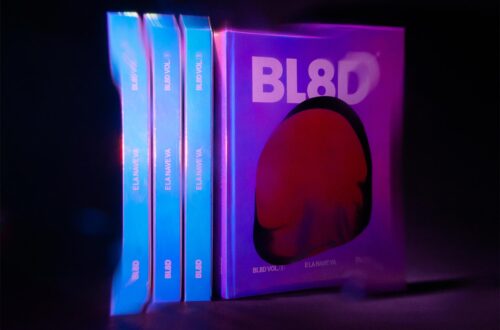
BL8D volume two is a creative investigation into dreams of the future
February 1, 2024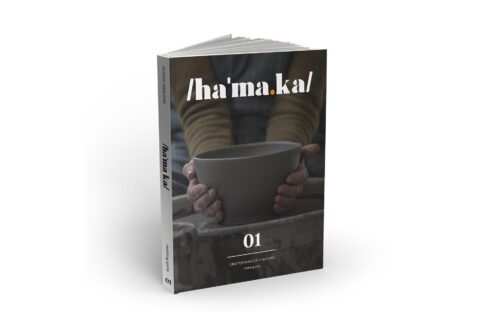
Hamaka magazine issue one introduces us to the human side of pottery
January 18, 2024